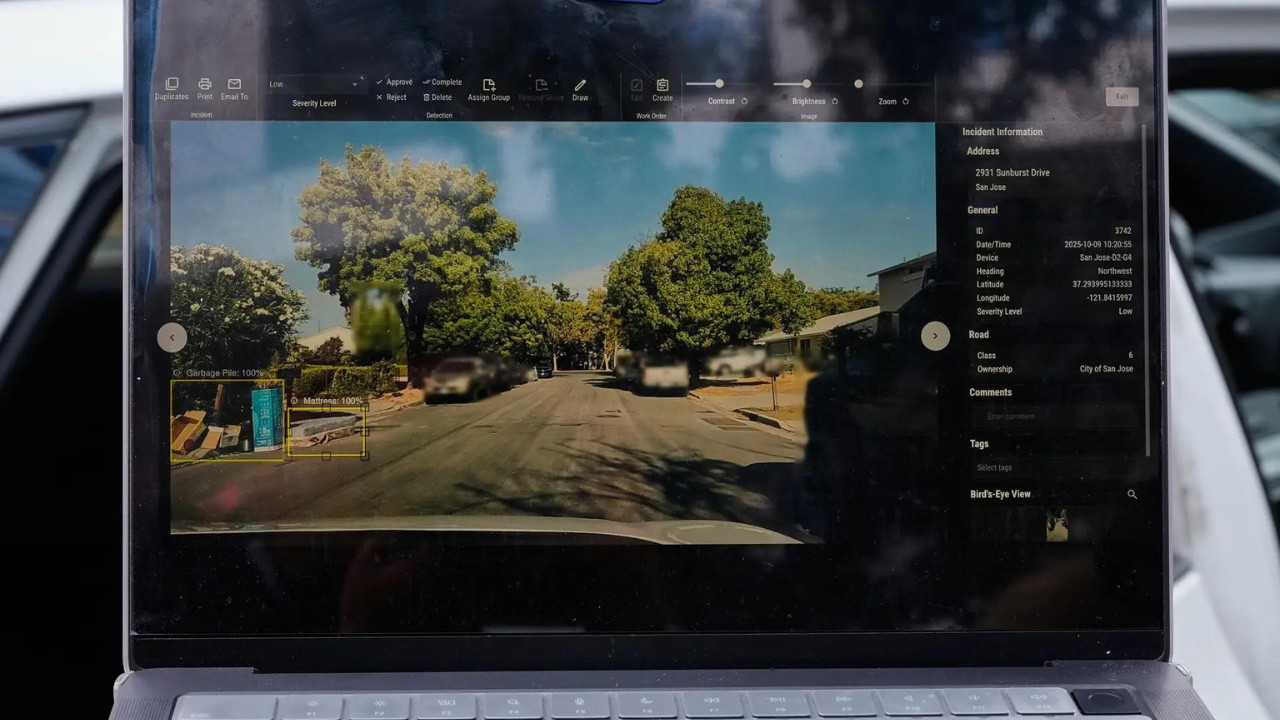India’s aviation sector requires an estimated 30,000 new pilots to manage its expanding fleet of 1,700 aircraft. The Union Civil Aviation Minister highlighted the need to significantly boost training capacity to meet this demand. Additionally, the government is exploring dedicated cargo airports and fostering domestic aerospace manufacturing capabilities.
Taking Flight: India’s Soaring Aviation Industry Faces a Pilot Shortage
India’s aviation sector is on a tear. Forget gradual growth; we’re talking a vertical climb. With projections hinting at a near doubling of the existing aircraft fleet, the industry finds itself on the cusp of unprecedented expansion. But this rapid ascent comes with a significant headwind: a looming shortage of skilled pilots.
Union Minister Jyotiraditya Scindia recently brought this critical issue into sharp focus, highlighting the urgent need for India to train approximately 30,000 pilots to keep pace with the anticipated delivery of around 1,700 new aircraft. That’s a lot of pilots needed, and quickly. The question is: can India deliver?
This isn’t just about numbers; it’s about ensuring the continued safety and efficiency of air travel. A shortage of qualified pilots could lead to flight disruptions, increased workload for existing pilots, and potentially compromise safety standards. The situation demands immediate and decisive action.
The Sky’s the Limit: Understanding the Demand for Pilots
So, what’s driving this explosive growth? Several factors are at play. First, India’s burgeoning middle class is increasingly opting for air travel, making it more accessible and affordable than ever before. Low-cost carriers have played a pivotal role in democratizing air travel, connecting smaller towns and cities to major hubs and stimulating demand.
Second, the government’s focus on infrastructure development, including the construction of new airports and the modernization of existing ones, is further fueling the growth of the aviation sector. The UDAN scheme (Ude Desh ka Aam Nagrik), aimed at enhancing regional connectivity, is also contributing to the increased demand for air travel and, consequently, for pilots.
Thirdly, the rising economy plays a big role. More and more businesses need to fly their workers, and this is set to increase in the following years.
The combined effect of these factors has created a perfect storm of opportunity for the aviation industry, but also a significant challenge in terms of workforce preparedness.
Addressing the Skills Gap: Investing in Pilot Training
The most obvious solution? Ramp up pilot training programs. The minister emphasized the need to accelerate the establishment of new flying schools and training academies. But it’s not enough to simply churn out pilots; the focus must be on quality training that meets international standards.
Investing in advanced flight simulators and modern training aircraft is crucial. Furthermore, attracting experienced instructors and creating a conducive learning environment will play a vital role in shaping the next generation of Indian pilots.
The government is already taking steps to address this challenge, including streamlining regulatory processes for the establishment of flying schools and offering incentives to attract private investment in the aviation training sector. However, more needs to be done to ensure that India has the capacity to train the required number of pilots in a timely manner.

Beyond Training: Attracting and Retaining Talent
Training is just one piece of the puzzle. Attracting and retaining skilled pilots is equally important. Airlines need to offer competitive salaries, benefits, and career progression opportunities to attract and retain talent. Creating a positive and supportive work environment is also crucial.
Moreover, addressing issues such as pilot fatigue and work-life balance is essential to ensure the well-being of pilots and maintain safety standards. Airlines should also explore innovative approaches to recruitment, such as offering scholarships and cadet programs to attract young people to the profession. You can also read more about careers and growth here.
The Future of Flight: Navigating the Challenges Ahead
India’s aviation industry is poised for continued growth in the coming years. However, to fully realize its potential, the industry must address the looming pilot shortage head-on. This requires a concerted effort from the government, airlines, and training institutions to invest in pilot training, attract and retain talent, and ensure the highest standards of safety.
By proactively addressing these challenges, India can solidify its position as a major player in the global aviation market and ensure that its skies remain safe and accessible for all. The demand for skilled aviation professionals is a testament to the industry’s vitality and a clear call to action for stakeholders to work together to secure its future.






